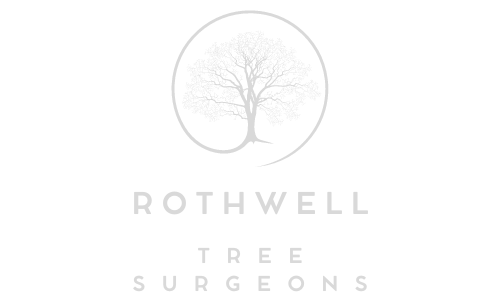Assessing Tree Health Before Sectional Dismantling
Introduction: Sectional dismantling is a precise and controlled technique for tree removal that requires careful planning and execution. One of the key elements in ensuring the success and safety of sectional dismantling is assessing the tree’s health beforehand. In this blog post, presented by Rothwell Tree Surgeons, we will discuss the importance of assessing tree health before sectional dismantling and how professionals conduct this crucial evaluation.
Why Assessing Tree Health Matters
The health of a tree plays a significant role in determining the approach and safety measures required for sectional dismantling. A healthy tree is generally more stable and predictable, making it safer. On the other hand, a tree with structural weaknesses, disease, or decay can be unpredictable and pose significant risks to workers and property during removal.
1. Visual Inspection
Tree surgeons typically start by conducting a visual inspection of the tree. During this assessment, they look for signs of:
- Disease: Symptoms of diseases may include leaf discolouration, lesions, cankers, or fungal growth on the trunk or branches.
- Decay: Examine the trunk for cavities, cracks, or hollow areas that may indicate decay.
- Deadwood: Dead branches or limbs that are brittle and likely to break should be identified.
- Pest Infestations: Evidence of insect pests such as exit holes, frass, or webbing can indicate infestations.
- Unusual Growth Patterns: Any unusual or abnormal growth patterns that may compromise the tree’s structural integrity.
2. Crown Assessment
The condition of the crown, including the canopy and branches, is critical for assessing tree health. A healthy tree typically has:
- Full Canopy: A full canopy of leaves or needles indicates vitality.
- Even Foliage: Uniform distribution of leaves or needles throughout the crown.
- Minimal Deadwood: Limited dead or dying branches within the canopy.
- No Major Dieback: Significant dieback or loss of foliage can signify stress or disease.
3. Soil and Root Inspection
The condition of the soil and tree roots is also important in assessing tree health. Factors to consider include:
- Soil Quality: Soil compaction, poor drainage, or nutrient deficiencies can impact a tree’s health.
- Root Health: Examine the roots for rot, damage, or girdling roots that may impede water and nutrient uptake.
- Stability: Assess the stability of the tree’s root system, as a compromised root system can lead to instability.
4. Previous Maintenance History
Information about past tree maintenance, such as pruning or treatments, can provide valuable insights into the tree’s health and any issues that have been addressed.
Conclusion: Assessing tree health before sectional dismantling is a critical step in ensuring the safety and success of the tree removal process. A thorough evaluation by experienced professionals like Rothwell Tree Surgeons helps determine the appropriate approach and safety measures required for the specific tree. Whether it’s a healthy tree that can be removed with standard procedures or health issues that demand extra precautions, a comprehensive assessment is essential for responsible tree removal and the well-being of your property and the environment.
Call us on: 01536 903 994
Click here to find out more about Rothwell Tree Surgeons
Click here to complete our contact form and see how we can help with your tree’s needs.

